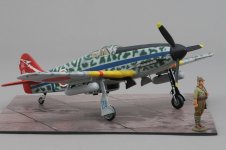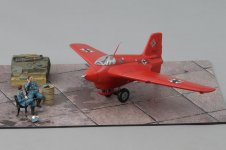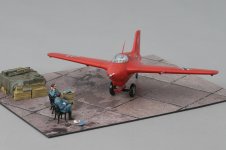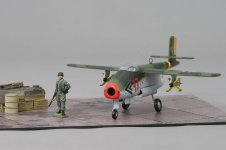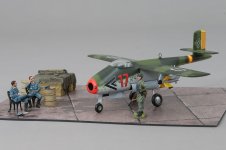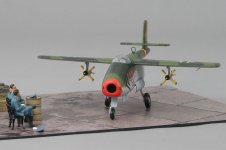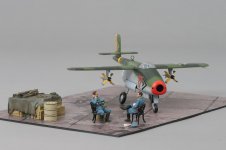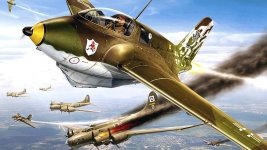Gunn Miniatures
Command Sergeant Major
- Joined
- Jun 18, 2009
- Messages
- 2,724
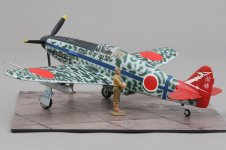
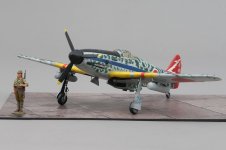
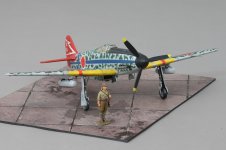
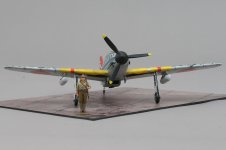
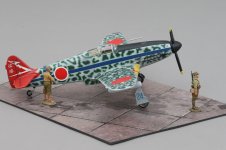
All Gunn Club members qualify for a 5% discount on the website listed price, joining is free so well worth registering. Next month should see the arrival of some Devastator's, B-29's, Stukas and Storch's so plenty to look forward to. The figures newsletter should be out next week, we have had a delay there due to the Suez canal drama that took place last month.
Best wishes The Gunn Team


